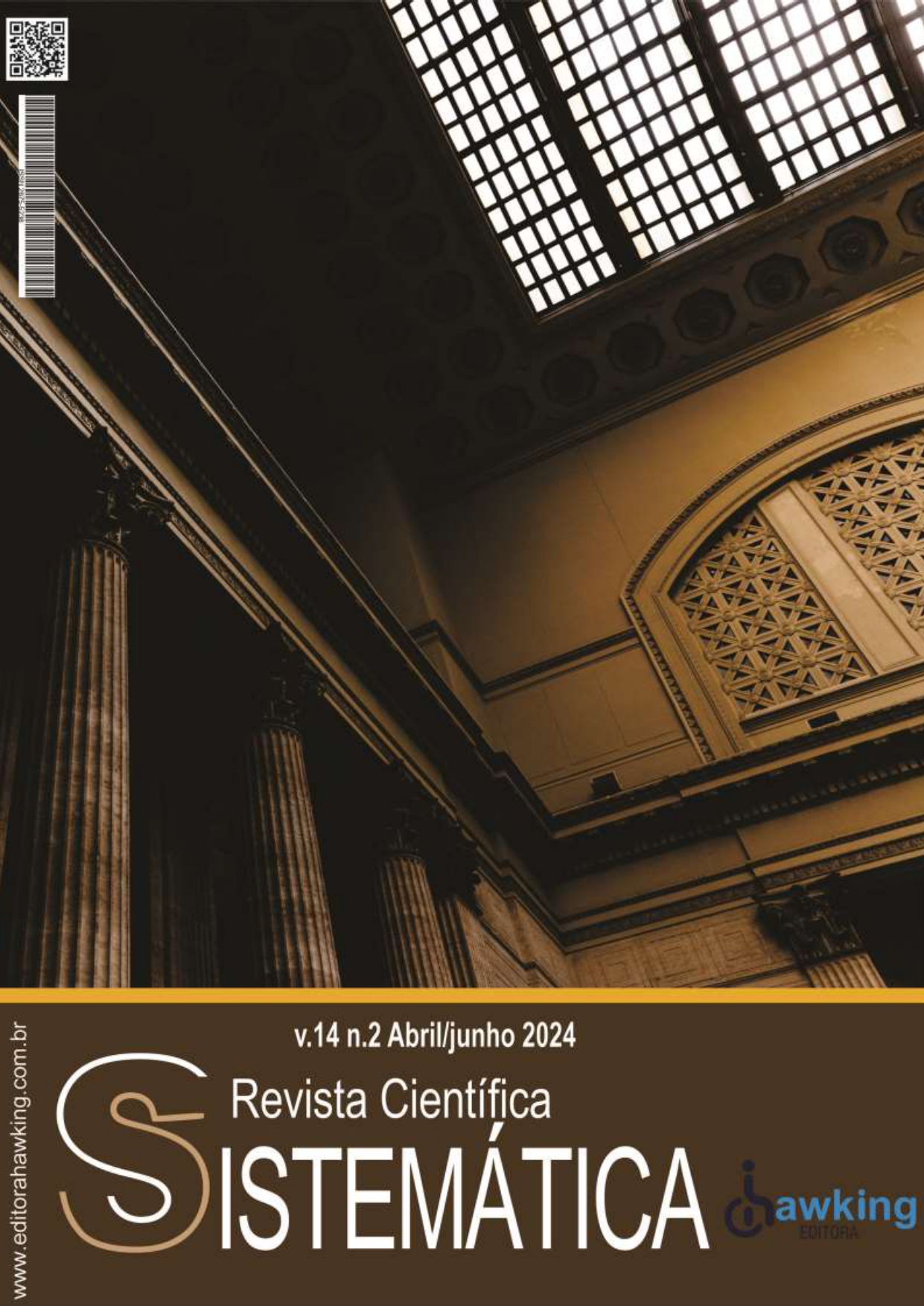Historical evolution of sex and age estimation techniques through the skull
DOI:
https://doi.org/10.56238/rcsv14n2-036Palabras clave:
Cranial Measurements, Sex and Age Estimation, Historical Evolution, Forensic Anthropology, Imaging TechnologyResumen
The estimation of sex and age through cranial measurements is a fundamental practice in various fields such as physical anthropology, archaeology, and forensic medicine. Over the centuries, techniques and methodologies have been developed and refined to increase the accuracy of these estimates, reflecting advances in anatomical knowledge, imaging technology, and statistical analysis. This article aims to explore the historical evolution of these techniques, highlighting the major changes and innovations from the rudimentary methods used in early anthropological investigations to the sophisticated contemporary approaches incorporating cutting-edge technologies like computed tomography and machine learning algorithms. In addition to reviewing traditional methods, this study examines how the application of new technologies has contributed to greater accuracy and reliability in sex and age estimations, as well as the implications of these improvements for population studies and forensic investigations. By tracing this evolution, it seeks not only to provide a comprehensive overview of the historical development of these techniques but also to contextualize future trends and the challenges that still need to be addressed.
Citas
Beschiu, L.M.; Ardelean, L.C.; Tigmeanu, C.V.; Rusu, L.-C. Cranial and Odontological Methods for Sex Estimation—A Scoping Review. Medicina 2022, 58, 1273. https://doi.org/10.3390/ medicina58091273.
Caple, J., Byrd, J., & Stephan, C. (2018). The utility of elliptical Fourier analysis for estimating ancestry and sex from lateral skull photographs.. Forensic science international, 289, 352-362 . https://doi.org/10.1016/j.forsciint.2018.06.009.
Darmawan, M., Yusuf, S., Kadir, M., & Haron, H. (2015). Comparison on three classification techniques for sex estimation from the bone length of Asian children below 19 years old: an analysis using different group of ages. Forensic science international, 247, 130.e1-11 . https://doi.org/10.1016/j.forsciint.2014.11.007.
Gillet, C., Costa-Mendes, L., Rérolle, C., Telmon, N., Maret, D., & Savall, F. (2020). Sex estimation in the cranium and mandible: a multislice computed tomography (MSCT) study using anthropometric and geometric morphometry methods. International Journal of Legal Medicine, 134, 823-832. https://doi.org/10.1007/s00414-019-02203-0.
Grabherr, S., Cooper, C., Ulrich-Bochsler, S., Uldin, T., Ross, S., Oesterhelweg, L., Bolliger, S., Christe, A., Schnyder, P., Mangin, P., & Thali, M. (2009). Estimation of sex and age of “virtual skeletons”–a feasibility study. European Radiology, 19, 419-429. https://doi.org/10.1007/s00330-008-1155-y.
Imaizumi, K., Bermejo, E., Taniguchi, K., Ogawa, Y., Nagata, T., Kaga, K., Hayakawa, H., & Shiotani, S. (2020). Development of a sex estimation method for skulls using machine learning on three-dimensional shapes of skulls and skull parts. 22, 200393. https://doi.org/10.1016/j.fri.2020.200393.
Ogawa, Y., Imaizumi, K., Miyasaka, S., & Yoshino, M. (2013). Discriminant functions for sex estimation of modern Japanese skulls. Journal of forensic and legal medicine, 20 4, 234-8. https://doi.org/10.1016/j.jflm.2012.09.023.
Descargas
Publicado
Cómo citar
Número
Sección
Licencia
Derechos de autor 2024 Revista Científica Sistemática

Esta obra está bajo una licencia internacional Creative Commons Atribución-NoComercial 4.0.


